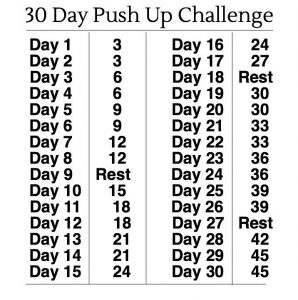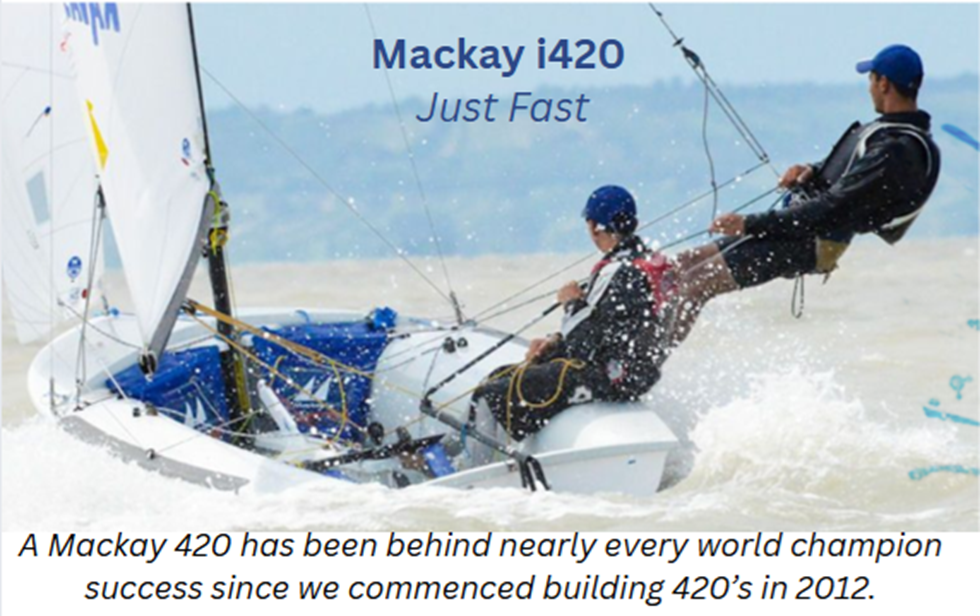Don’t delay in registering; last year’s event was SOLD OUT! Parents are encouraged to attend. Click to register. ALL student athletes MUST register. Parents are welcomed to attend and do NOT need to register.
Current List (this will grow) of attending colleges:
| Tufts University |
| Brown University |
| Georgetown |
| St. Mary’s College |
| Bowdoin College |
| Mitchell College |
| George Washington U. |
| Old Dominion U. |
| Hobart/William Smith |
| Connecticut College |
| Gannon |
| USMMA – Kings Point |
| Fordham |
| U. Pennsylvania |
| Washington College |
| US Naval Academy |
| Roger Williams |
| SUNY Maritime |
| Syracuse |
| U. Rhode Island |
| Christopher Newport Middlebury |
| Stony Brook |
| UMBC |
| Drexel |
https://www.sail1design.com/event/college-sailing-101-inside-world-college-sailing-prospective-college-sailors/?instance_id=8723
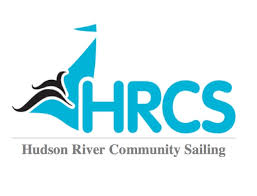
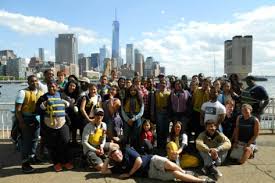 We have ten J/24s sailboats, the most popular keelboats in the world. They are small boats that are fast and sporty, while being stable and safe. The J/24 is typically crewed by 5 people. Get in on the fun and find out why the J/24 is a great boat to learn the ropes on!
We have ten J/24s sailboats, the most popular keelboats in the world. They are small boats that are fast and sporty, while being stable and safe. The J/24 is typically crewed by 5 people. Get in on the fun and find out why the J/24 is a great boat to learn the ropes on!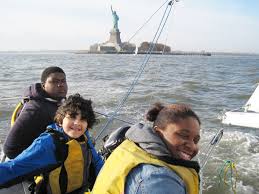
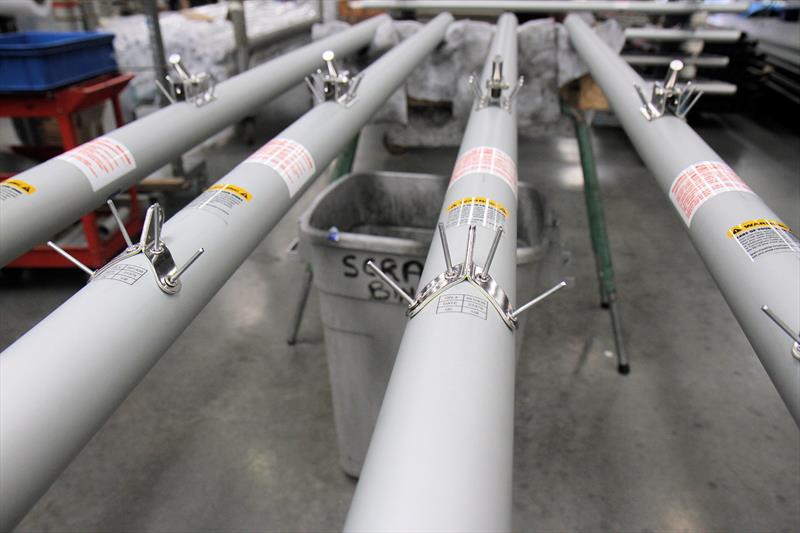


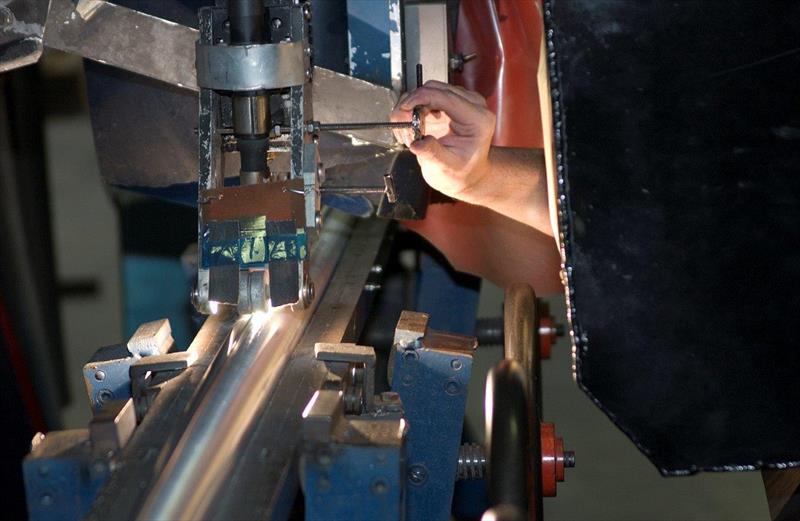


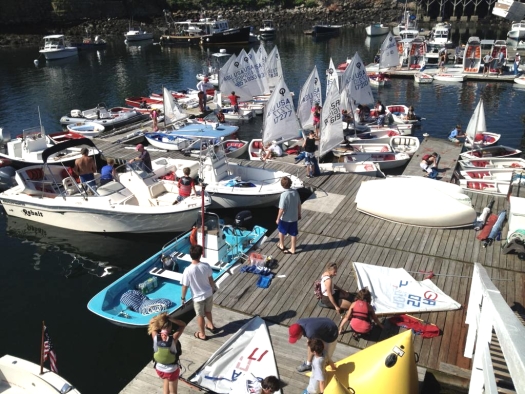
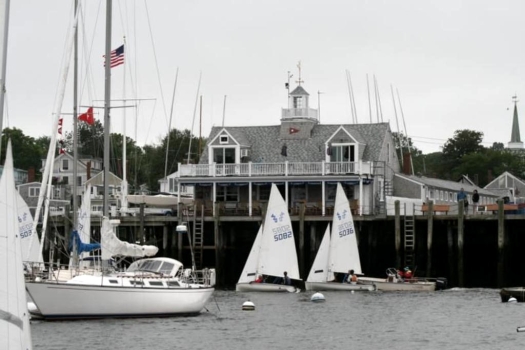 Our sailing program provides basic through advanced training for both juniors and adults. Its purpose is to give our students a broad exposure to the sport of sailing, develop safe, independent sailors, offer exposure to racing, and to instill a love of the sport of sailing.
Our sailing program provides basic through advanced training for both juniors and adults. Its purpose is to give our students a broad exposure to the sport of sailing, develop safe, independent sailors, offer exposure to racing, and to instill a love of the sport of sailing.
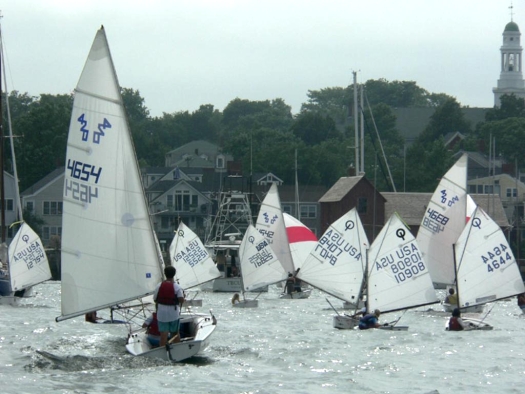 Not all of our activity is sailing around the buoys, pleasure sailing or even chasing down that prized
Not all of our activity is sailing around the buoys, pleasure sailing or even chasing down that prized 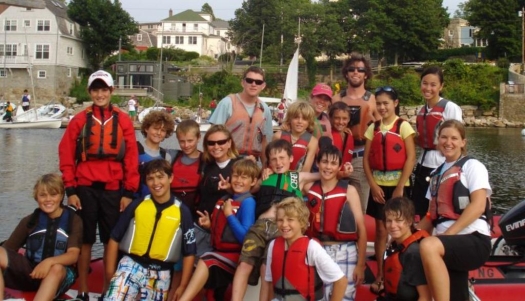

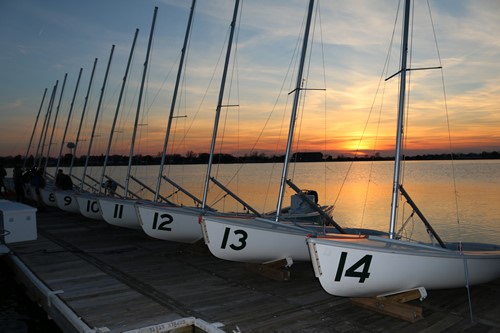
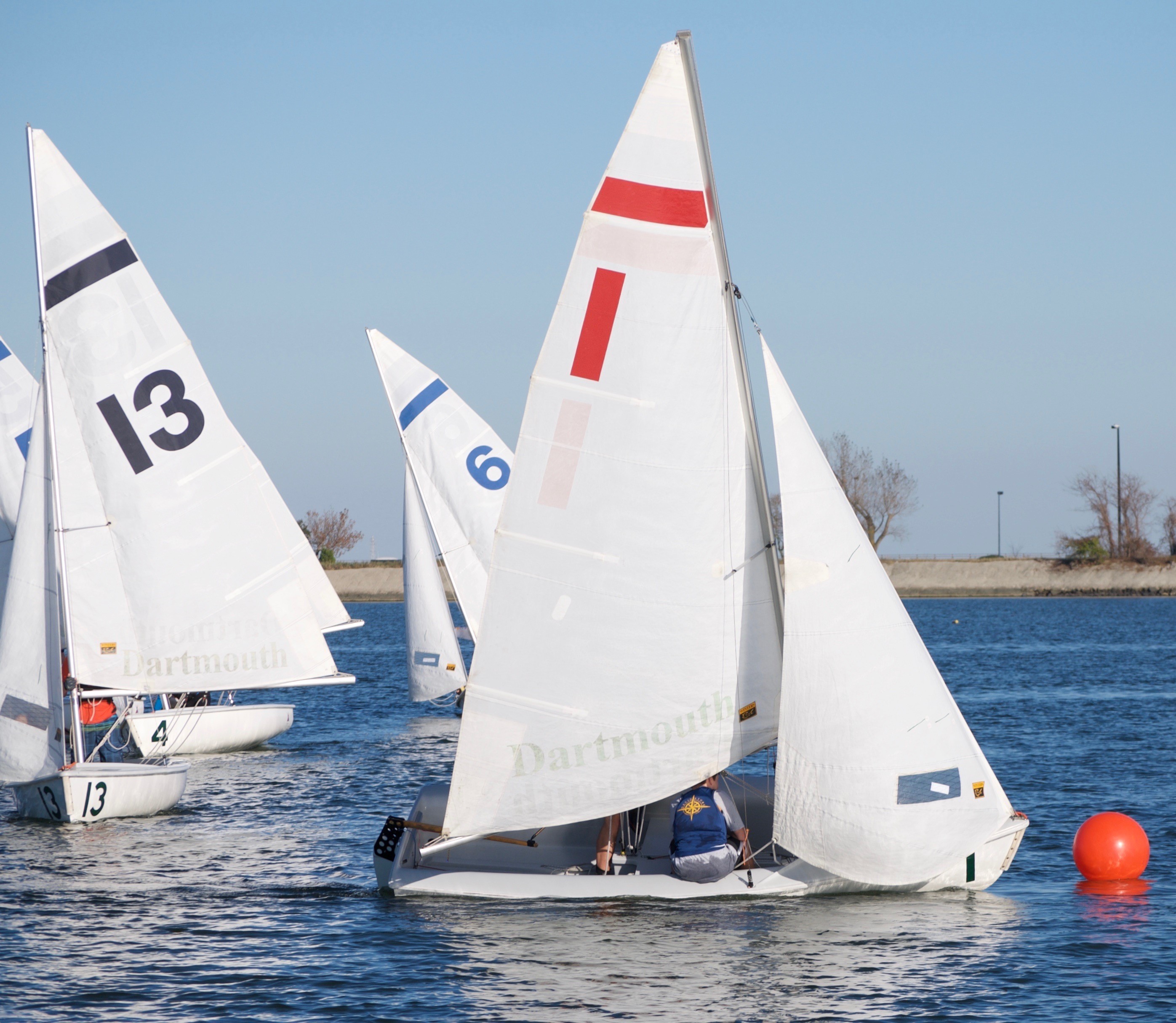 Currently, YSV is a practice site for the four schools mentioned above, this includes middle school JV sailors. YSV has also hosted training camps for college teams. The sailing center is operational from March to November. They typically hold 3-4 regattas in the spring and fall seasons. Most recently, YSV hosted the MASSA Gold Fall Fleet Racing Championship.
Currently, YSV is a practice site for the four schools mentioned above, this includes middle school JV sailors. YSV has also hosted training camps for college teams. The sailing center is operational from March to November. They typically hold 3-4 regattas in the spring and fall seasons. Most recently, YSV hosted the MASSA Gold Fall Fleet Racing Championship.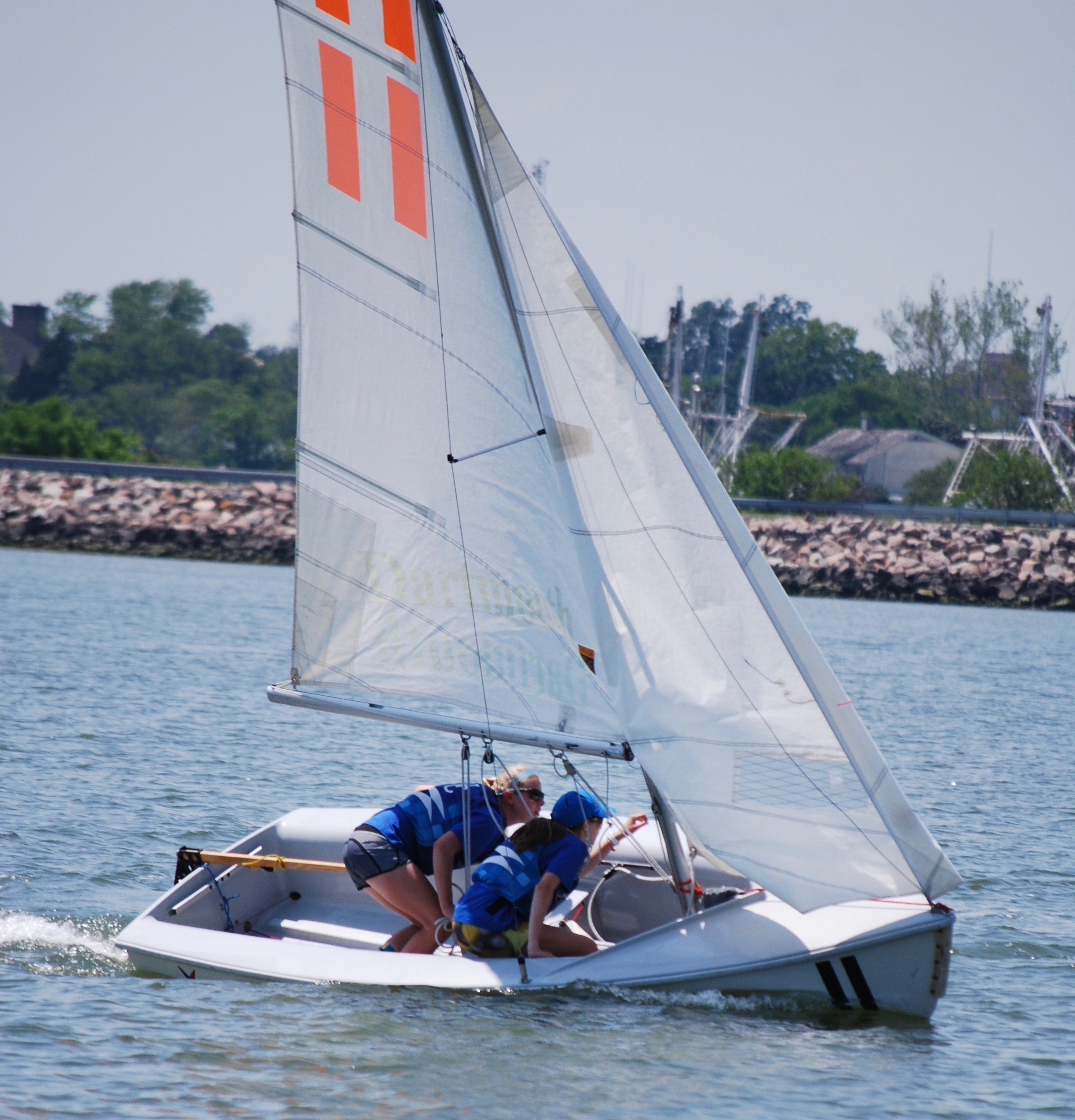
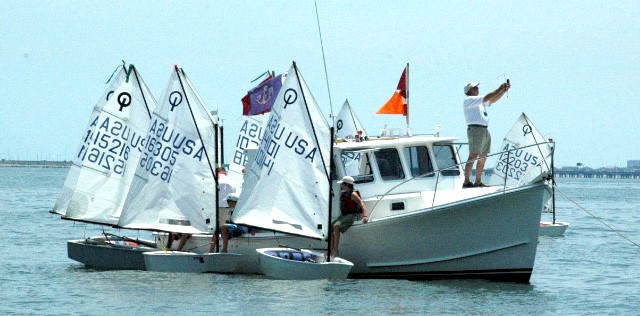 By Airwaves Writer Taylor Penwell
By Airwaves Writer Taylor Penwell Pick a good date
Pick a good date coaches need to fully know what is expected of them and how the flow of the event will go. Have a meeting and have a printed plan prior to the day of the regatta with instructions and people’s duties. This working plan can cover things such as parking instructions, unloading procedures, boat launching, registration, food and entertainment and scoring.
coaches need to fully know what is expected of them and how the flow of the event will go. Have a meeting and have a printed plan prior to the day of the regatta with instructions and people’s duties. This working plan can cover things such as parking instructions, unloading procedures, boat launching, registration, food and entertainment and scoring.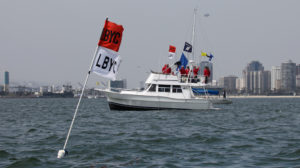
 As the GPYC celebrates its 100th year of existence, there has been even more emphasis in providing exceptional service and state-of-the-art amenities for our members and their guests in order to meet their needs and changing lifestyles.
As the GPYC celebrates its 100th year of existence, there has been even more emphasis in providing exceptional service and state-of-the-art amenities for our members and their guests in order to meet their needs and changing lifestyles. There are a lot of exciting changes going on in the sailing world here at the Grosse Pointe Yacht Club! If you have been at the club recently, you may have seen one or more of the five high school sailing teams that are now sailing out of the club…in fact we are hosted the MISSA Mallory Qualifier this past weekend. There were 20 teams from all over the midwest and the top two teams moved on to the national championship for fleet racing. Our two J 70’s from last year have inspired others to start a new one design class in Detroit. Fourteen new owners have agreed to buy and race this new boat on Lake St Clair. We will have a fleet of over twenty boats sailing out of the Grosse Pointe Yacht Club for the Bayview One Design regatta which is the first weekend in June. Please swing by the club to see all the spring sailing taking place!
There are a lot of exciting changes going on in the sailing world here at the Grosse Pointe Yacht Club! If you have been at the club recently, you may have seen one or more of the five high school sailing teams that are now sailing out of the club…in fact we are hosted the MISSA Mallory Qualifier this past weekend. There were 20 teams from all over the midwest and the top two teams moved on to the national championship for fleet racing. Our two J 70’s from last year have inspired others to start a new one design class in Detroit. Fourteen new owners have agreed to buy and race this new boat on Lake St Clair. We will have a fleet of over twenty boats sailing out of the Grosse Pointe Yacht Club for the Bayview One Design regatta which is the first weekend in June. Please swing by the club to see all the spring sailing taking place!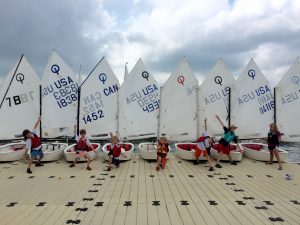
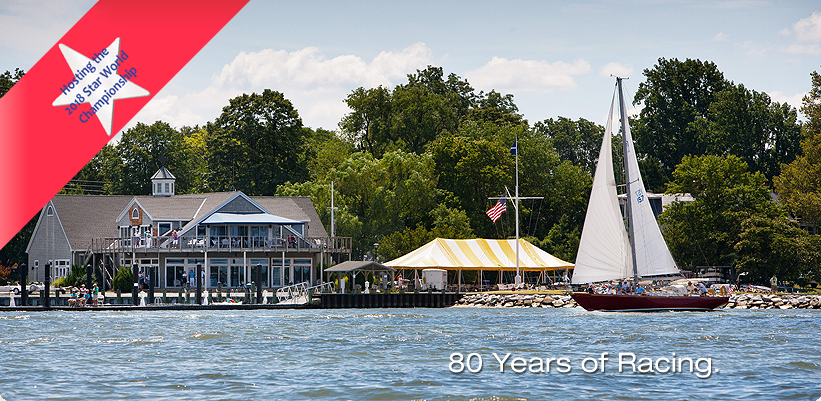 A Brief History of The Tred Avon Yacht Club
A Brief History of The Tred Avon Yacht Club


